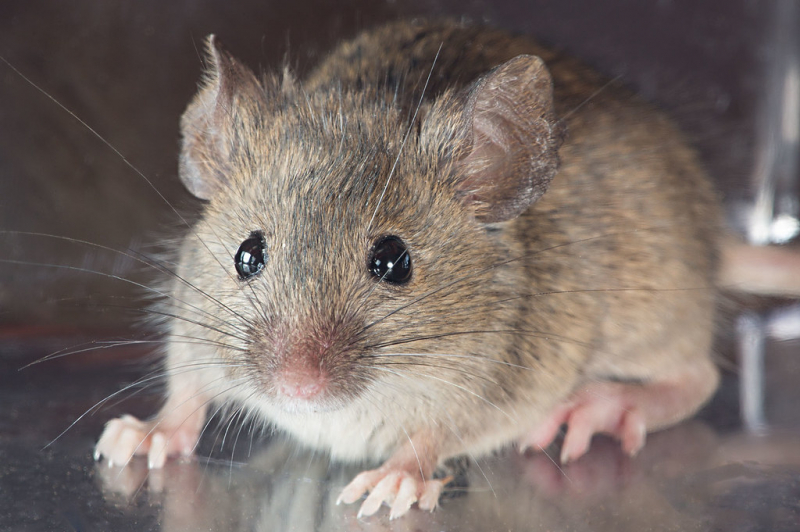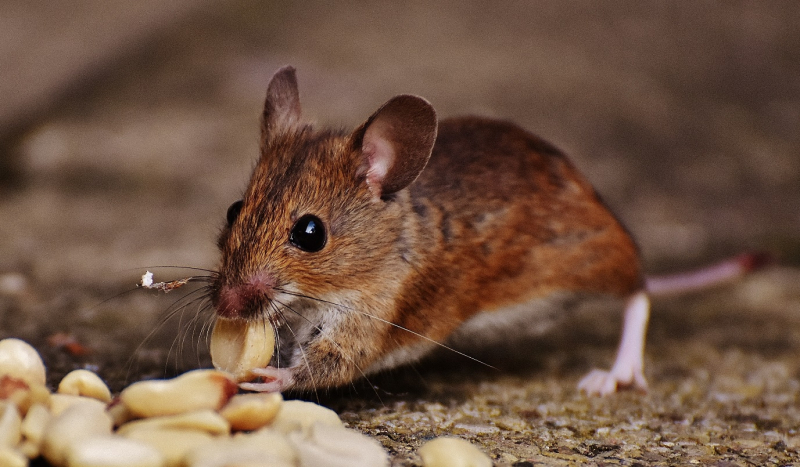Rats and mice, especially black-eared mice, prey on and consume monarch butterflies, and they typically do it at night when they are most active because they are nocturnal animals. Moths or butterflies that are located on the ground are hunted, attacked, captured, and eaten by mice. These rodents can consume both live and dead butterflies, unlike frogs and toads, who only eat the latter.
In locations where monarch butterflies are common, there are four major kinds of mice; nevertheless, only black-eared mice will consume large quantities of monarch butterflies. It's interesting to note that the Black-eared mouse can consume monarchs without getting sick from their toxicity. Rats may also leave a smattering of butterfly wings in their wake. A rat or mouse may also consume 30 to 37 monarch butterflies every one night!
Mice will continue eating butterflies until they are satisfied, at which point they will stop. It resembles how we humans feel at a buffet when we run out of food even though there is still food on the table. Our bodies are telling us to stop because we've had enough for now. Similar to how humans sense when they are full, mice will stop eating butterflies until they feel like eating again.








